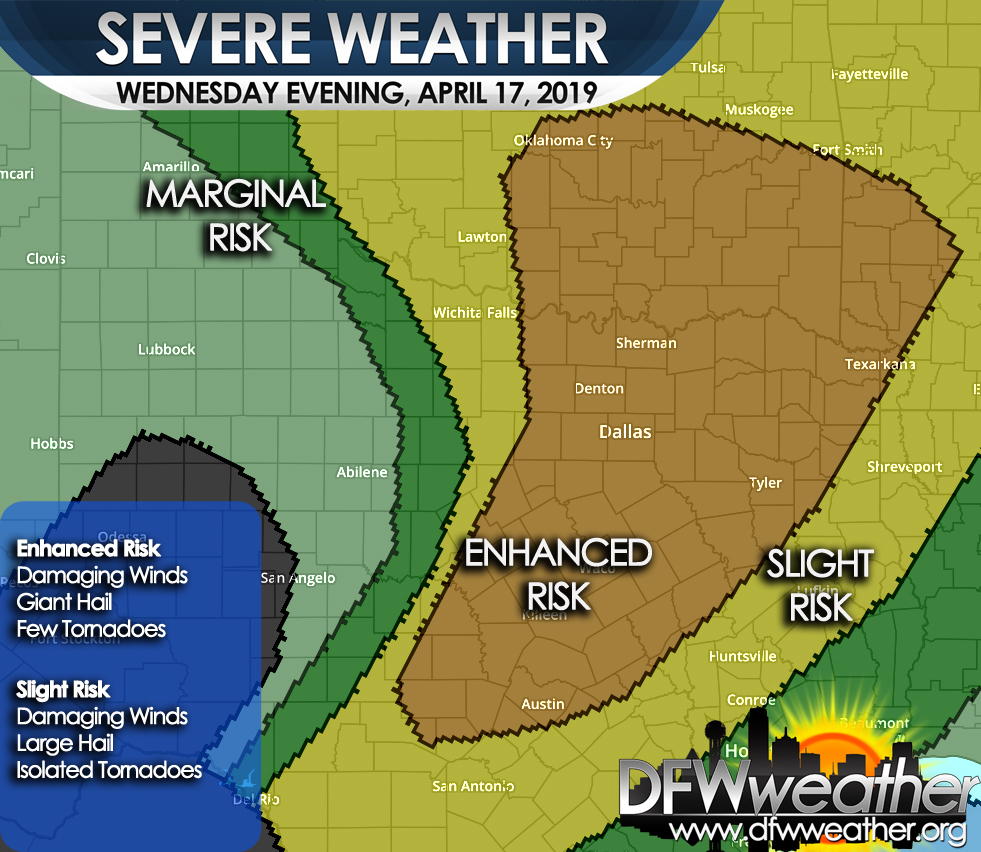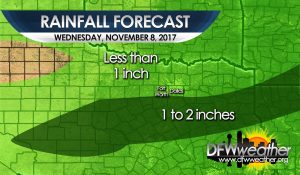Key Messages:
- Winter Storm Warning in effect until Monday for the entire forecast area
- Snow accumulations 3 to 7 inches with possible higher snow drifts
- Temps plunging to near all-time record cold temps on Tuesday with lows near 0°F
- Windchill values 10 to 20 below zero
- Hypothermia and frostbite can set in quickly in this type of dangerous/severe cold
- This will be the coldest in 30 plus years!
- This will be a prolonged cold snap
- Temps will not get above freezing until next Saturday
- Blowing and drifting snow
- Near Blizzard conditions at times Sunday night
- Whiteout conditions possible Sunday night
- Travel becoming treacherous to impossible for all of the coming week
- Major damage to infrastructure and agriculture from the cold
- Another major winter storm expected Tuesday night into Thursday
- Governor Abbott has declared all of Texas as a disaster area
Folks—we cannot stress this enough—you are about to witness a historic winter weather event. It cannot possibly get any more severe than this. This will rival the great cold air outbreaks of December 1989, December 1983, January 1930, and yes the king of them all February 1899. This will be a protracted cold snap. DFW Airport has already spent the last 72 hours below freezing and counting. We are not expected to rise above freezing until next Saturday afternoon at the earliest. This will make for the longest stretch of subfreezing conditions at DFW since December 1983. Major agricultural and infrastructure damage will result from such cold. Governor Abbott has issued a disaster declaration for all of the state of Texas. You have narrow window today to do final preparations before things deteriorate rapidly.
Areas of freezing drizzle this morning are coating surfaces, including roadways with a thin glaze of ice. Motorists are urged to exercise extreme caution this morning if traveling. The freezing drizzle should end this afternoon, with a lull before the next precipitation starts this evening as the main shortwave trough approaches Texas. Areas of freezing drizzle and sleet will begin tonight and ramp up significantly after sunrise on Sunday. The ground surface is frozen after 72 hours and going on 96 hours of subfreezing temperatures at DFW Airport. This means precipitation will stick instantly as it falls to the ground causing roads to deteriorate rapidly on onset. Snow will become widespread and heavy Sunday night. Because of the powdery nature of the snow, much like you would find at a ski resort, it will easily be blown around. Winds are expected to be near 30 mph at times causing blowing and drifting of snow and near blizzard conditions at times. Visibilities will be reduced to near 0 at times causing whiteout conditions. It is strongly recommended that no one travel during this time. Snow ratios may be 15:1 to 20:1 as opposed to our typical 10:1 because of the extreme cold. Total accumulations expected are 3 to 7 inches. Snow drifts could easily exceed 7 inches. It must be stressed that not everyone will see 7 inches and some places could exceed 7 inches, and some places could be a little less than 3 inches. However, everyone should see at least 2 inches of snow.
On top of all of this a frigid Arctic airmass will continue to be advected south. We are dealing with, as stated above, the coldest weather DFW has seen in 30+ years. Temperatures will be close to 0°F by Tuesday morning. Breaking the daily low temperature record and getting near the all-time low temperature record for DFW of -8°F set on February 12, 1899, though that should be safe. We have already gone 72 hours at DFW Airport below freezing. We are not expected to rise above freezing until next Saturday afternoon at the earliest. This will be the second longest stretch of subfreezing conditions ever recorded. The record is December 1983 with 12 days of subfreezing conditions. This is life-threatening cold we are talking about. Frostbite and hypothermia can set in quickly in this type of cold. Hard Freeze Warnings and Wind Chill Warnings will likely be necessary.
Precautions should be completed today to protect people, pets, livestock, and exposed pipes. This type of prolonged cold will cause extensive damage to infrastructure and agriculture locally and across the state. Pipes can freeze and burst in such extreme cold.


